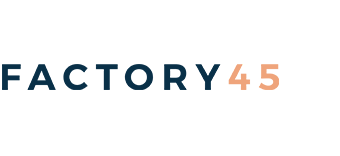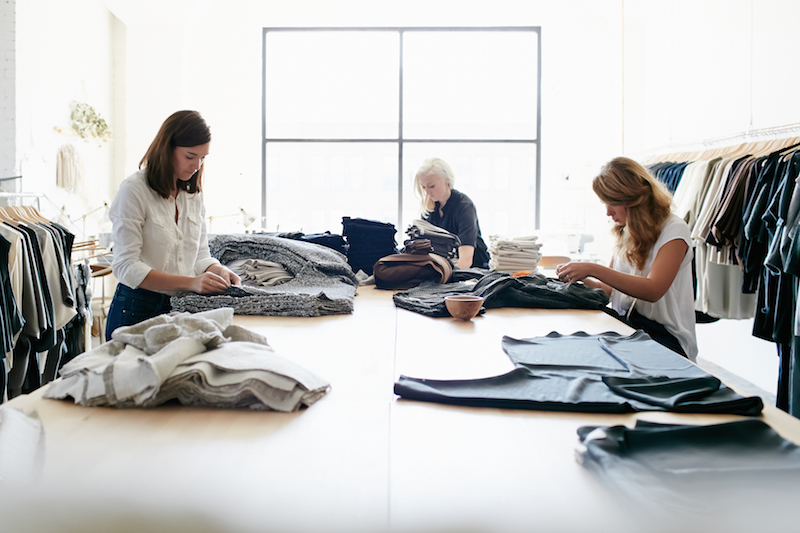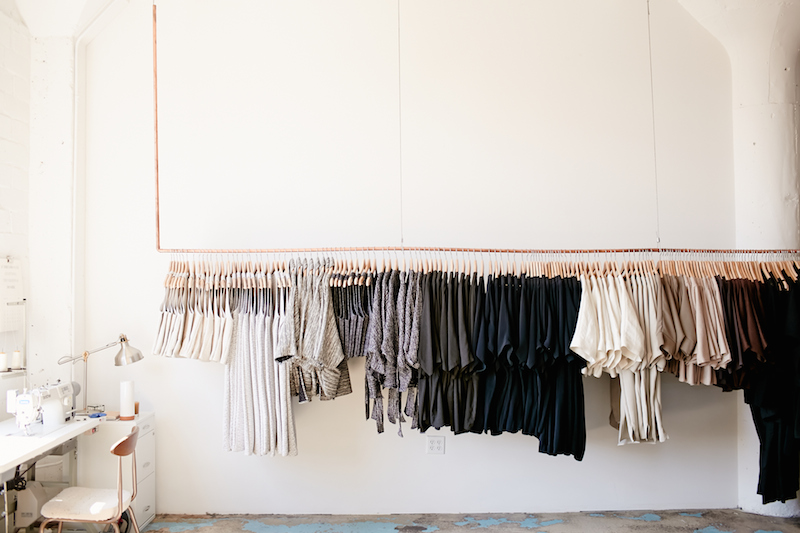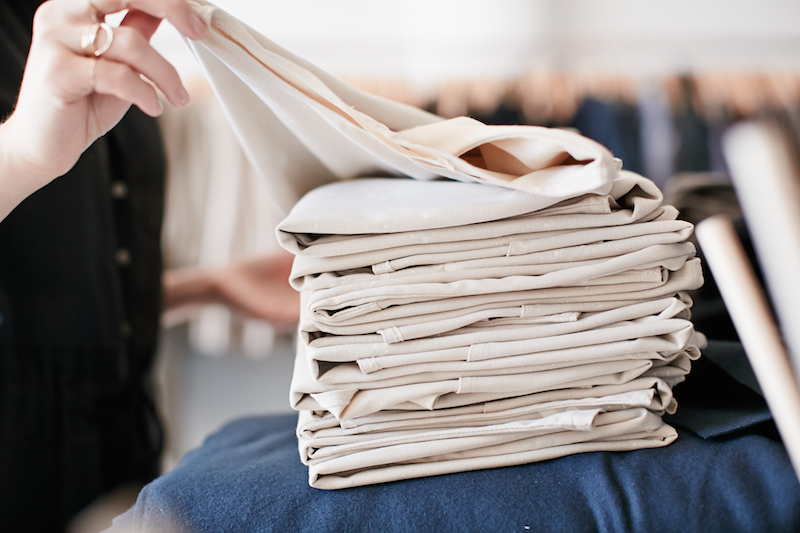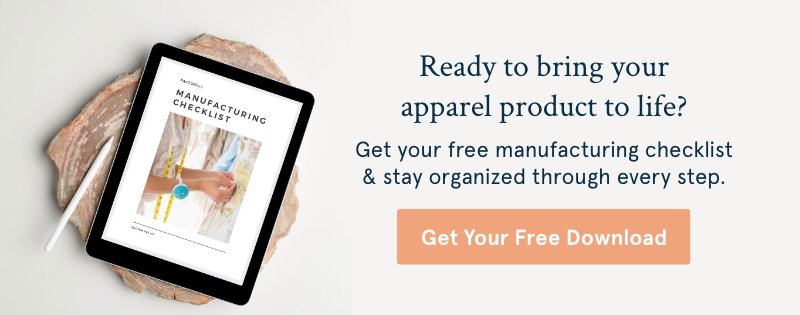Making It: Startup Advice from Hackwith Design House
Lisa Hackwith is the designer, founder and creator behind Hackwith Design House, a women’s apparel company that offers limited-run garments. In HDH’s own words:
“Instead of designing for mass production, we immerse ourselves wholeheartedly in the process and create every piece with the intention of it becoming that special highlight of your closet. We create less than 25 of each piece, which makes all of them uniquely rare and special.”
Starting out as a one-woman show who now has a team of sewers and a partner to run operations, Lisa is proving that independent design and conscious business is possible — as well as profitable.
With an Instagram following of 85K, a recent feature in Design*Sponge and a loyal fan base of customers, Hackwith Design House is well on its way to leading the independent design movement.
I spoke with Lisa about how she got started, her best marketing strategy and her advice for aspiring entrepreneurs.
How did you get started launching your own apparel company?
I taught myself to sew after I graduated from college with an studio art degree. I took a year off to research MFA programs when I discovered my medium – designing and making clothes. Over the next five years, I sewed daily. I had some success with my Etsy shop and getting wholesale orders, but in order to make the business sustainable, something had to change.
In February 2013, I took a few months off to re-work my business model; I re-launched Hackwith Design House in September 2013. The new model centered on my priorities: staying in Minneapolis, manufacturing all the clothing in the U.S., and making sure I love everything with my name on it. Thus the limited-edition model was born: 2-4 designs are released every Monday, no more than 25 pieces of each.
Since September 2013, I’ve hired 3 seamstresses and have partnered with Erin Husted to run operations. In August 2014, we added the HDH Basics line, and in January 2015, we added HDH Swim. It’s been so fun (and so much hard work!) to see the company grow the way it has.
What does a “typical” day look like for you?
As any small business owner knows, a typical day is anything but. Each day presents new challenges, new opportunities, and constant work.
I usually come into the studio around 8:30 each morning and spend the day designing, making patterns, making sample pieces, instructing my lead seamstress on new pieces, and going over wholesale orders, marketing or business strategies with Erin.
I leave anywhere from 6-7pm and sometimes do some work at home. I appreciate that each day is a little different yet all still within working at what I love.
How did you set up your supply chain at first? How has it changed since you started out?
The fabrics I work with are all sourced from a local, family-owned fabric store that specializes in purchasing run-off fabrics. I love going to the fabric store and feeling each new fabric until I find the right ones. I also love the idea of using fabrics that may not get used otherwise. We are in the middle of sourcing fabrics for Basics so that it can be a consistent fabric option. Our goal is to find a sustainable source for fabric, which is still harder than it should be.
What have you found to be your best marketing strategy?
I really enjoy partnering with bloggers by gifting them items that they can take photos of and use for styling. It’s great to see how different women wear HDH pieces.
What advice do you have for aspiring entrepreneurs who want to start their own ethical apparel companies?
When we are trying to make a decision, we do our best to think about more than the bottom line. We like to call ourselves a company with a conscience. But in doing so, one has to remember to weigh a variety of factors, from where fabrics are made, to how much we pay our employees, to creating garments that are quality.
We have found it to be helpful to think about solutions as being placed on a spectrum: on one end you have “the evil corporation” that cares about nothing other than increasing profit, on the other end you have the idyllic company that hurts no one and makes only good decisions. Most companies are somewhere in the middle. We try our best to make decisions that get us closer and closer to the good.
To learn more about Lisa, Erin and the team at Hackwith Design House, check out the HDH website here.
Photo credit: Hackwith Design House
